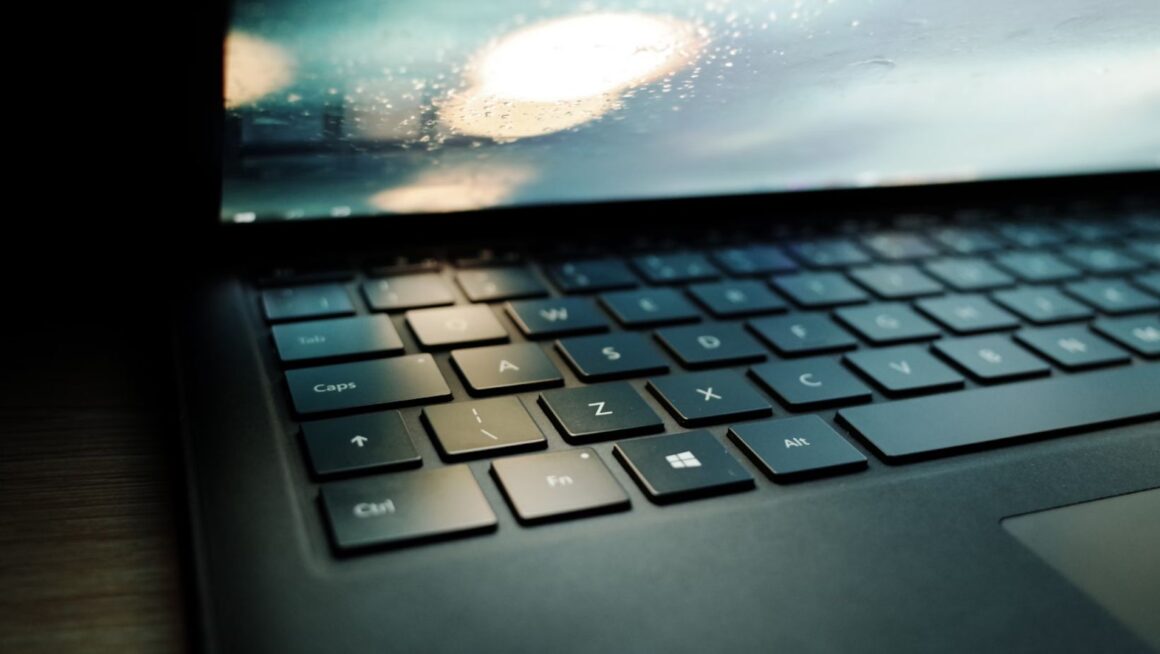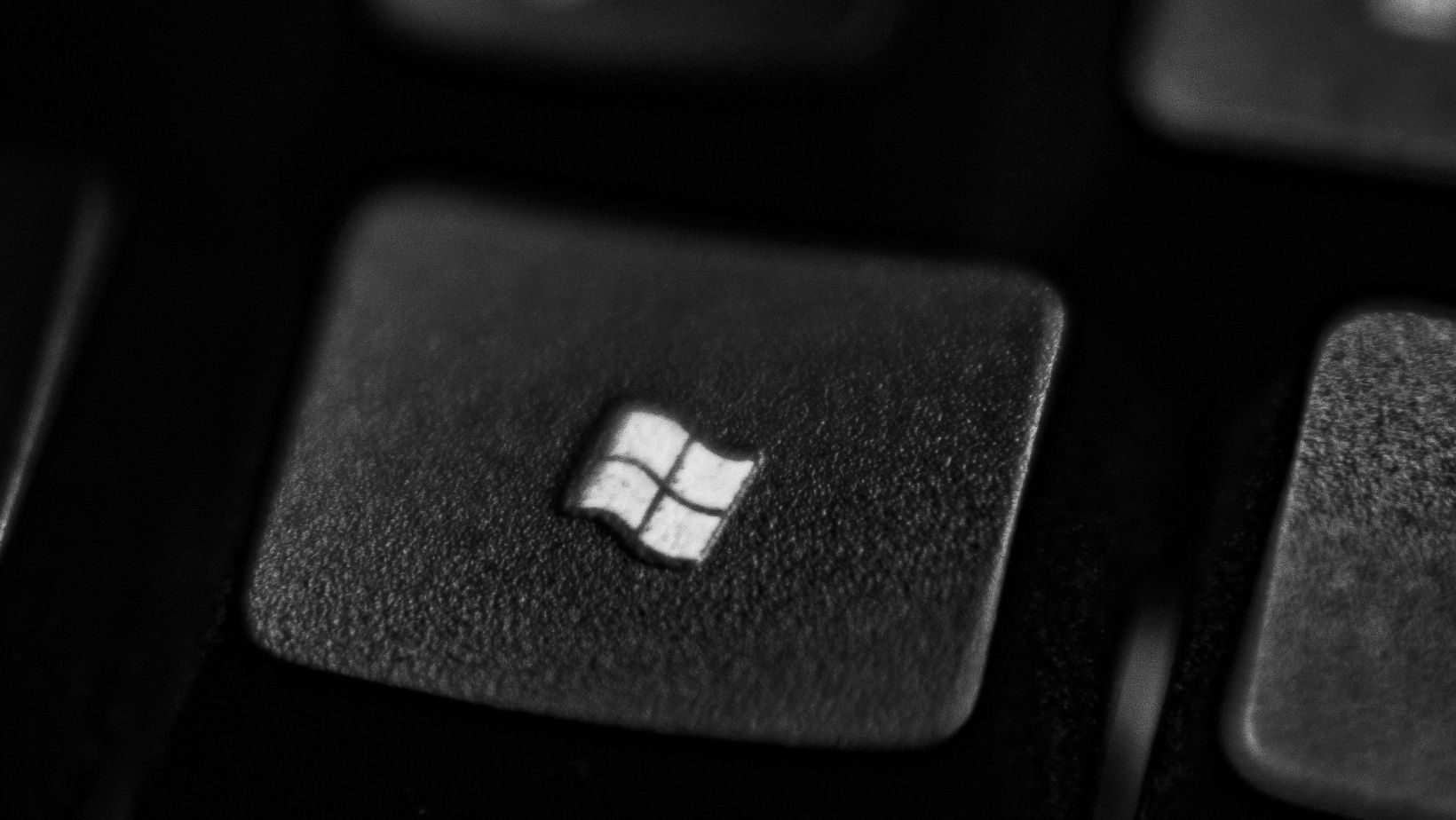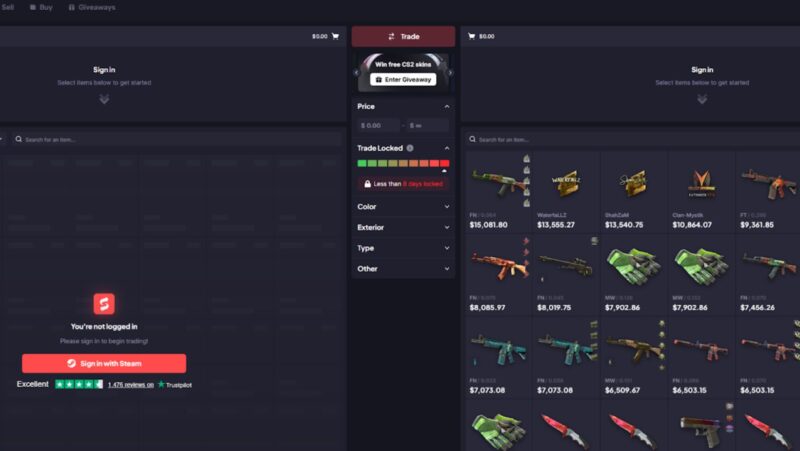Microsoft Pushes Windows into the AI Era

Windows used to mean the same thing for decades: icons, menus, the start button. Familiar. Boring maybe, but stable. Now Microsoft is shaking that up. The company just showed off a version of Windows built around an AI interface. You don’t dig through folders. You just talk. And the system does the work.
People online reacted fast. Some laughed, saying if Windows can manage your computer, maybe it could also suggest weekend side hustles when you’re low on cash. Jokes aside, it shows how people already see this change as more than technical. It’s about lifestyle, work, maybe even culture.
Why Microsoft Is Taking This Risk
Traditional updates made Windows shinier, but not different. Microsoft knows people already use AI assistants every day, so the move feels logical. Instead of “click here, drag there,” you might just say, “open yesterday’s draft and send it to Tom.” That’s the dream.
The company calls it a productivity push. Less wasted time, fewer clicks, less friction. For business users it means faster workflows. For regular people it just means computers stop being a chore.
What the AI Interface Actually Does
It’s not just simple voice commands. The demo showed the OS summarizing long emails, scheduling meetings, even spotting numbers in spreadsheets. It’s more than a shell — it’s an assistant inside the system.
Daily Use Ideas
- Talk Instead of Hunt: Say what you want, skip the menus.
- Smart File Search: The OS guesses which document you need.
- Quick Overviews: Big reports become short notes.
Work and Teams
- Automated Tasks: Approvals or reminders just happen.
- Instant Data Checks: Spreadsheets reveal trends at a glance.
- Project Planning: AI tracks who’s doing what.
This feels like Microsoft trying to glue ChatGPT-style features directly to the desktop.
Mixed Feelings Out There
Of course, privacy alarms went off. If an OS is always listening, where does that info go? Microsoft insists most processing stays local and the rest is encrypted. Skepticism remains.
And then there’s trust. Everyone has had Siri or Alexa misunderstand commands. If your entire OS depends on that, frustration could skyrocket. Microsoft says this system is smarter — but we’ve all heard promises before.
Why It Matters
If this sticks, it won’t stop with Microsoft. Apple and Google will follow. The way we “talk” to computers could shift forever. Typing commands and clicking through settings may feel outdated in a few years.
Some analysts even joked that by removing the boring tasks, people might free up time for hobbies, families, or small projects. Who knows — maybe even start experimenting with weekend side hustles they’ve been putting off.
What Could Go Wrong, What Could Go Right
The road isn’t smooth. Launching an AI-first OS across the world means problems. But opportunities too.
Likely Problems
- Trust Issues: People may not hand over control to AI easily.
- PC Power: Older machines won’t handle heavy AI workloads.
- Legal Noise: Data laws vary everywhere.
Possible Wins
- Accessibility Boosts: Easier use for people with disabilities.
- Education Help: Students guided through research and writing.
- Personal Projects: Windows helping organize weekend side hustles instead of just sitting idle.
It’s a gamble. But one that could set the tone for the next decade.
Looking Ahead
Microsoft isn’t just adding features. It’s redefining what an OS does. No longer just a base for apps, Windows is turning into a partner — one that listens, responds, and maybe even thinks ahead.
Will it be perfect? No. Will it change habits? Almost certainly. Once people get used to saying “summarize this file” instead of scrolling through menus, it will be hard to go back.
The truth is, this isn’t only about Windows. It’s about how humans and machines connect. If Microsoft gets it right, the desktop may never look the same again.







